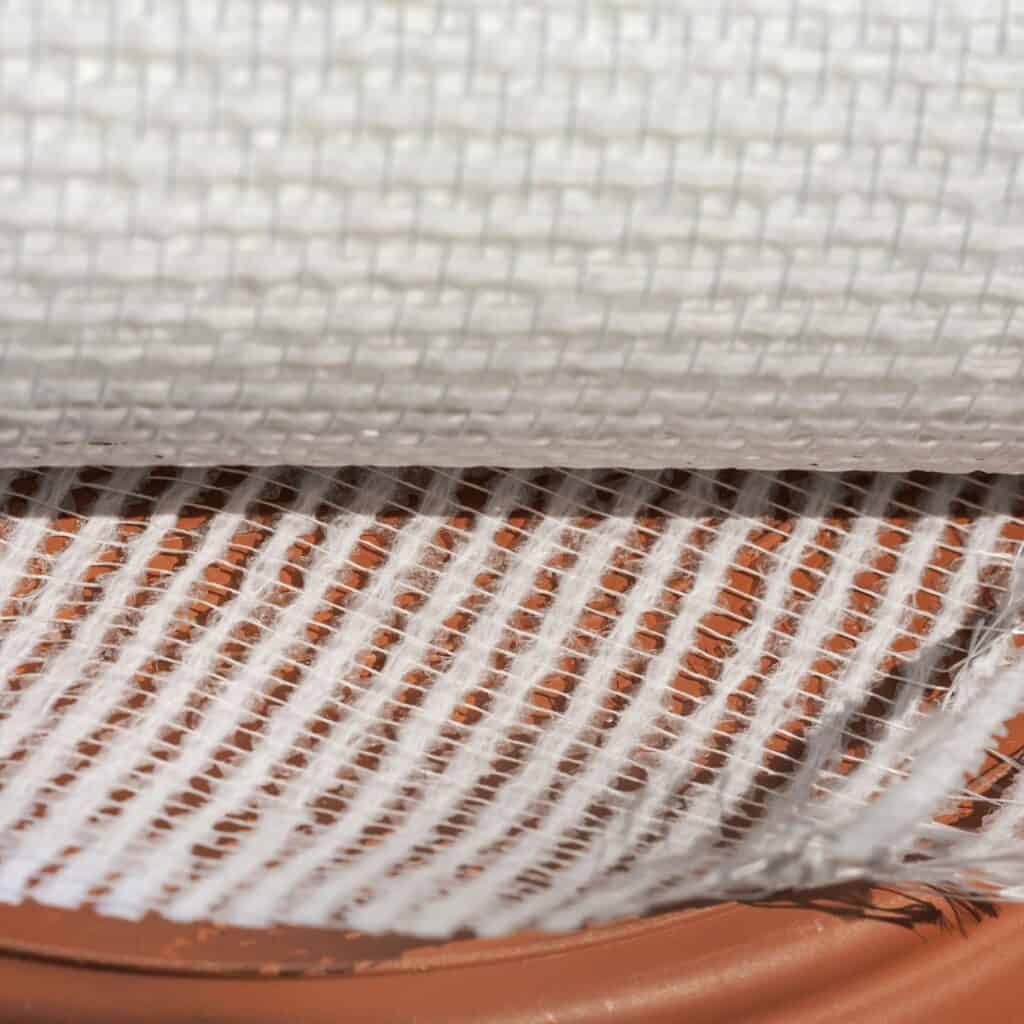Fiberglass wallpaper is a type of wall covering that is made from fiberglass fibers. The fibers are woven together to create a fabric-like material that is then applied to the wall. Fiberglass wallpaper is often used in commercial and industrial settings because it is durable and easy to clean. It can also be used in homes, though it is not as common. Fiberglass wallpaper is available in a variety of colors and patterns, so it can be used to create a variety of looks.

Glass fabric wallpaper
The advantages of glass fiber wallpaper and what should you pay attention to when applying glass tissue wallpaper.
I think it’s ideal to apply Glass Fabric Wallpaper and I love doing it.
It is very easy to apply.
Compared to regular wallpaper, this is much smoother and you can quickly go anywhere with it, if you know what I mean.
Super strong that glass fiber wallpaper!
It has many advantages that glass fiber wallpaper.
You can hide a lot with it, as said.
It is super strong and durable.
Also nice if you have some cracks in your walls this is a great solution to cover it up!
I only see advantages over regular wallpaper and can therefore wholeheartedly recommend wallpaper made of glass fabric.
It has many properties: water and moisture repellent, strengthens the substrate, bridging cracks.
Glass fiber wallpaper can be easily and quickly painted over with a latex paint, is decorative and gives a completely new atmosphere.
You will see a tight result after application.
Glass fiber wallpaper allows tears or cracks to disappear and ensures a beautifully smooth and sleek finished result.
Where else you have to close those cracks in the wall before that time, is not necessary here.
Note that the wall must be even, irregularities in the wall must be leveled.
Fill larger holes with wall filler or bumps and protruding concrete, etc. Perhaps sand it lightly with sandpaper, wall scraper or wall rasp.
Have you once wallpapered with glass fabric and painted it? Then you can apply another color in the future without having to remove it.
In addition, it is also safe because it is flame-resistant.
You can buy it in different designs in hardware stores.
Sticking the tissue.
You should ALWAYS remember three rules: remove old layers, clean and apply primer latex beforehand.
NEVER DEPART FROM THESE RULES!
It
the first thing to do is to apply glue (fur roller) to the wall, this is the length plus approximately 10 cm on both sides, this is to get a nice finish.
Then draw a straight line on the wall.
Then roll on the floor in the box and apply the top and press into the glue.
I always use a dry cloth from top to bottom to get a good adhesion.
You can also use a rubber roller which you like.
The next lane against it and that’s how you go around the room!
Stick at least 10 cm on corners and edges.
In order to obtain a flawless and perpendicular connection, the next track must be applied overlapping.
Then cut the layers in half.
If you do this you will get a tight result!
Do you have questions?
Or have you ever pasted glass fiber wallpaper yourself?
If so what are your experiences?
You can report your experiences here.
Thanks in advance.
P.d.V.
I'm Joost Nusselder, the founder of Tools Doctor, content marketer, and dad. I love trying out new equipment, and together with my team I've been creating in-depth blog articles since 2016 to help loyal readers with tools & crafting tips.
